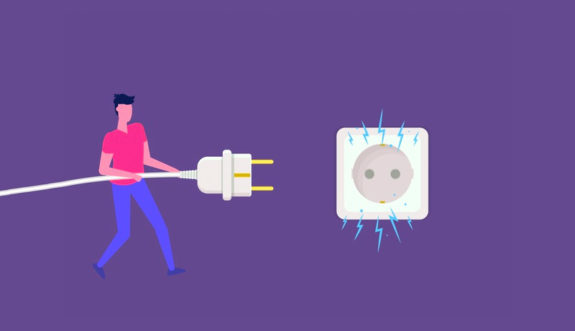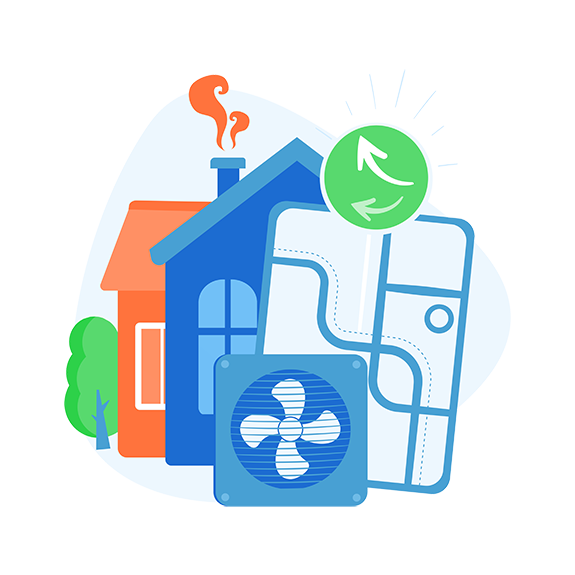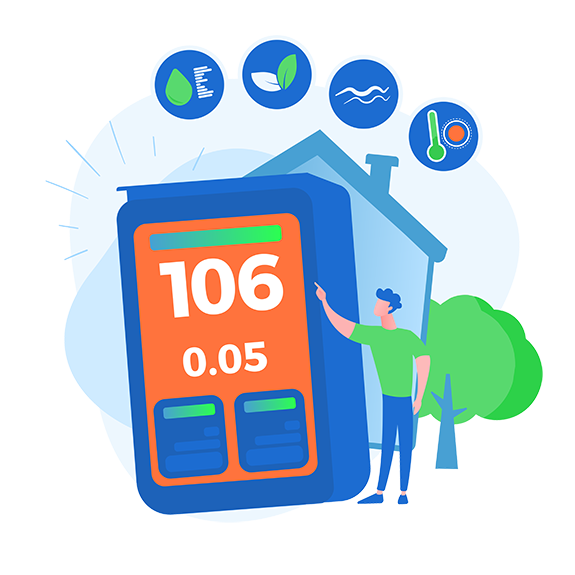
For a healthier and safer building, we can set you up to monitor your indoor air quality in real-time, set alerts to identify risks, and optimize your system to save energy.
Why is it important to monitor dust and other particulate levels?
What are the regulatory levels for dust in an indoor workspace?
What are the regulatory levels for dust in an indoor workspace LEED sets their limit at 35 ug/m3 (micrograms per meter cubed), while RESET sets it lower at 15 ug/m3. Specific types of particulate matter like PM10 is more widely monitored for outdoor pollution.
What contributes to healthy and unhealthy levels of dust in the air?
A significant source of indoor air pollution is dust. It’s often associated with outdoor air pollution, but is also produced by human activities like cooking, burning fuel or candles, smoking, as well as hobbies, like woodworking. It can also come from biological sources like mold, mildew spores, or pollen.
What are some common ways that dust levels increase in an indoor environment?
Most often the sources can come from outside (forest fire season is especially bad), but it can also come from indoors through the creation of 3D models, baking, or wood working.
What happens when PM levels increase and it’s not identified or managed?
At the highest levels, particulates begin to fall out of the air so that your cleaning team can wipe them off of surfaces. Managing the filtration system in your HVAC is possibly one of the best ways to manage dust levels.
Dust in low and moderate levels can cause irritate the eyes, nose and throat
Moderate to high levels of dust can trigger asthma and allergies
High levels of dust over many years can reduce lung function and result in bronchitis and other lung disorders
A healthier, safer workplace starts here
Airsset will help you not only monitor important air quality factors like PM1, PM2.5 and PM 10 (dust and pollution), but you’ll also better understand the data and get alerts when you need to take action.
It starts with three easy steps
1. Plug-In

Connect to one of our selected air quality devices to a power source.
2. Connect it

Connect the device to your wifi
3. Real-time monitoring

You’re live! Check your real-time air quality dashboard at any time.
Use your data to identify & fix issues
Easier problem solving with real-time reporting
With real-time indoor air quality dashboards, you don’t waste any time or resources running inefficient systems or investigating the problem. More data can identify the root problem of any issues faster and easier.
Take action faster with custom alerts
Know when it’s time to take an action as small as opening a window or when there’s a major health or chemical risk in your space. Alerts can be configured by device or for the entire building.
Save energy and reduce costs with system optimization
Our team of professionals will provide monthly reporting and recommendations that you can use to improve your building control or HVAC systems for energy and cost efficiencies as well as better indoor air.

Where it comes from
- Pets and dander
- Mold and mildew spores
- Wood working or baking
- Outdoors (forest fires etc.)

Ways to manage particulate matter
- In duct filtration (change them regularly)
- In space air filters
- Keep windows closed during fire season
- Certain filtration systems can help remove dust and pollution from the air

Quick facts
- The United States Environmental Protection Agency (EPA) established National Ambient Air Quality Standards for PM2.5. The short-term standard (24-hour or daily average) is 35 micrograms per cubic meter of air (µg/m3) and the long-term standard (annual average) is 12 µg/m3.
- A 2010 study found that, “Exposure to PM 2.5 … over a few hours to weeks can trigger cardiovascular disease-related mortality and nonfatal events; longer-term exposure.
- Many countries represent PM2.5 levels as AQI or as their Air Quality Index. Countries like Saudi Arabia have some of the highest AQI levels in the world.

Sensor we use that monitor dust and pollution
- Awair Omni (RESET)
- Awair Element
- Uhoo Home
- Uhoo Aura (RESET)
- Tongdy MSD IAQ (RESET)
- Tongdy EM 21
- Dstair Breathforce
- Dstair Nano (RESET)